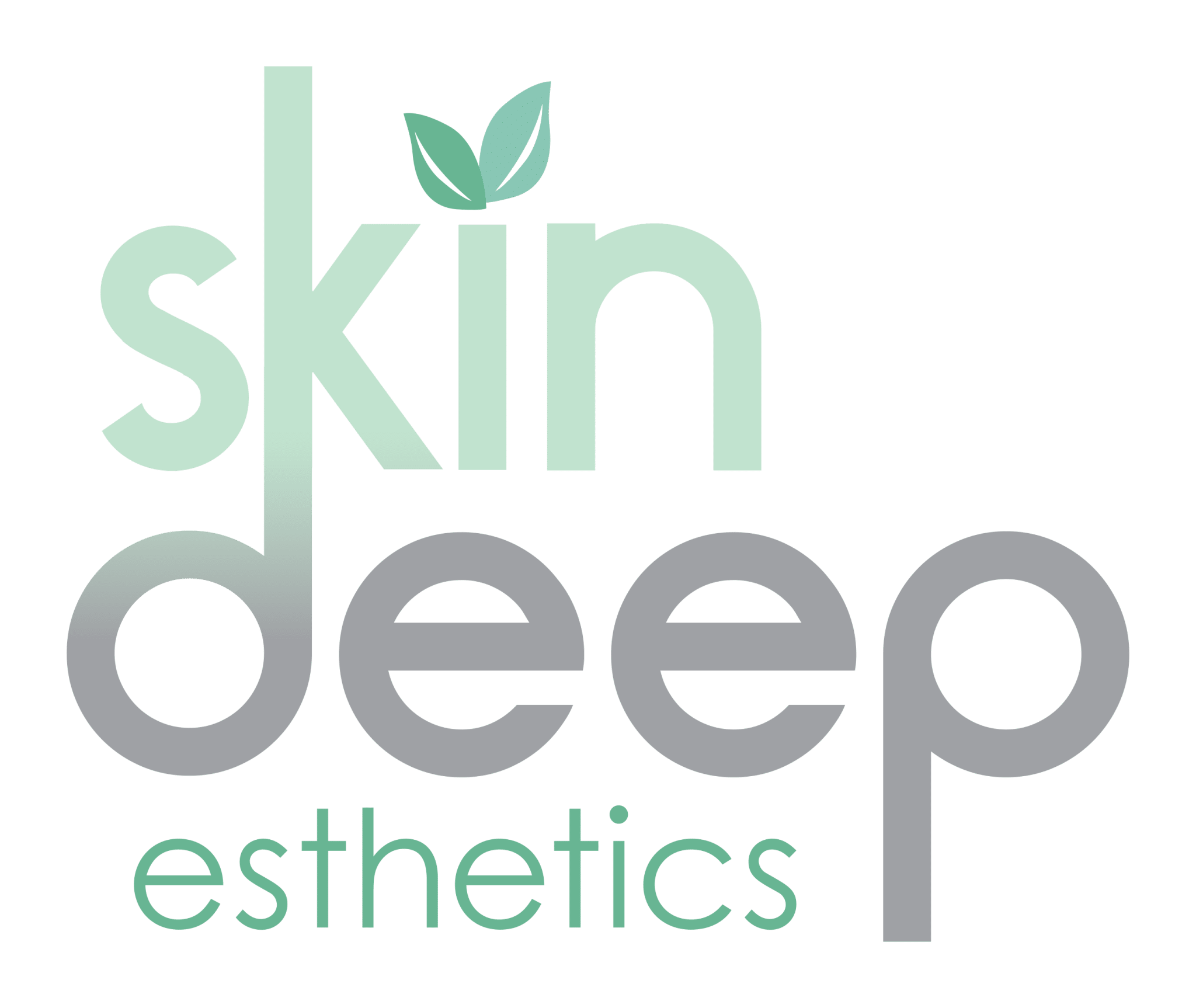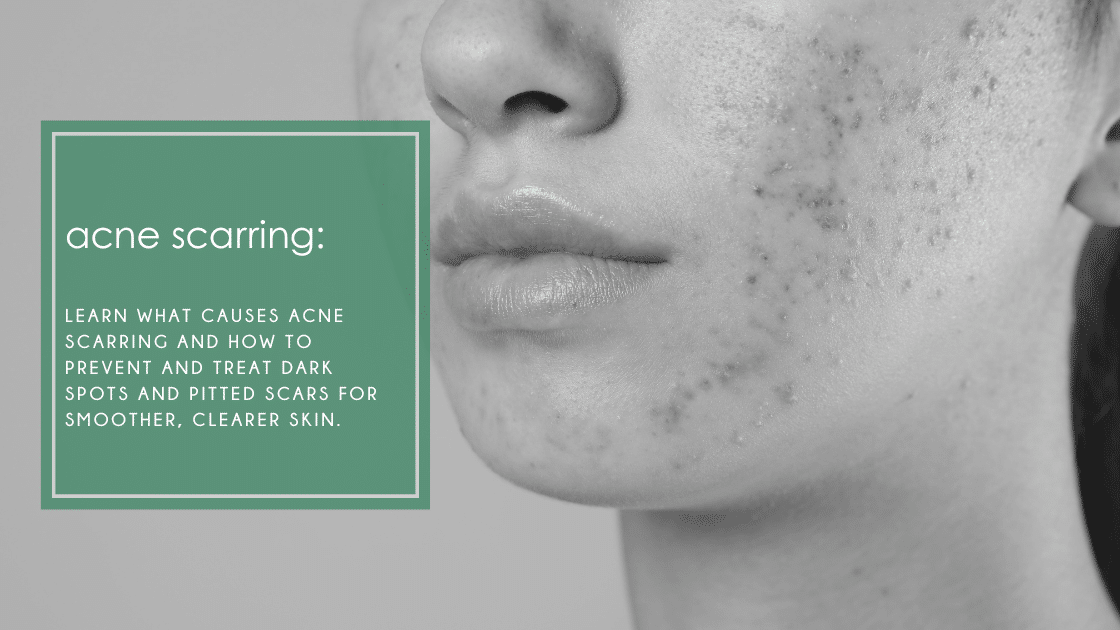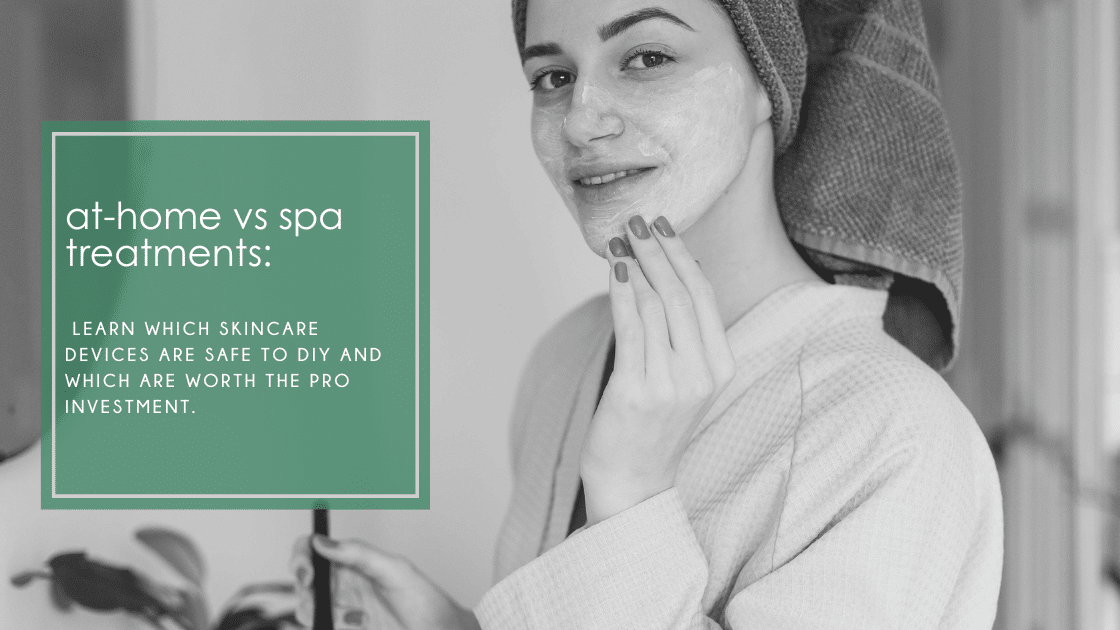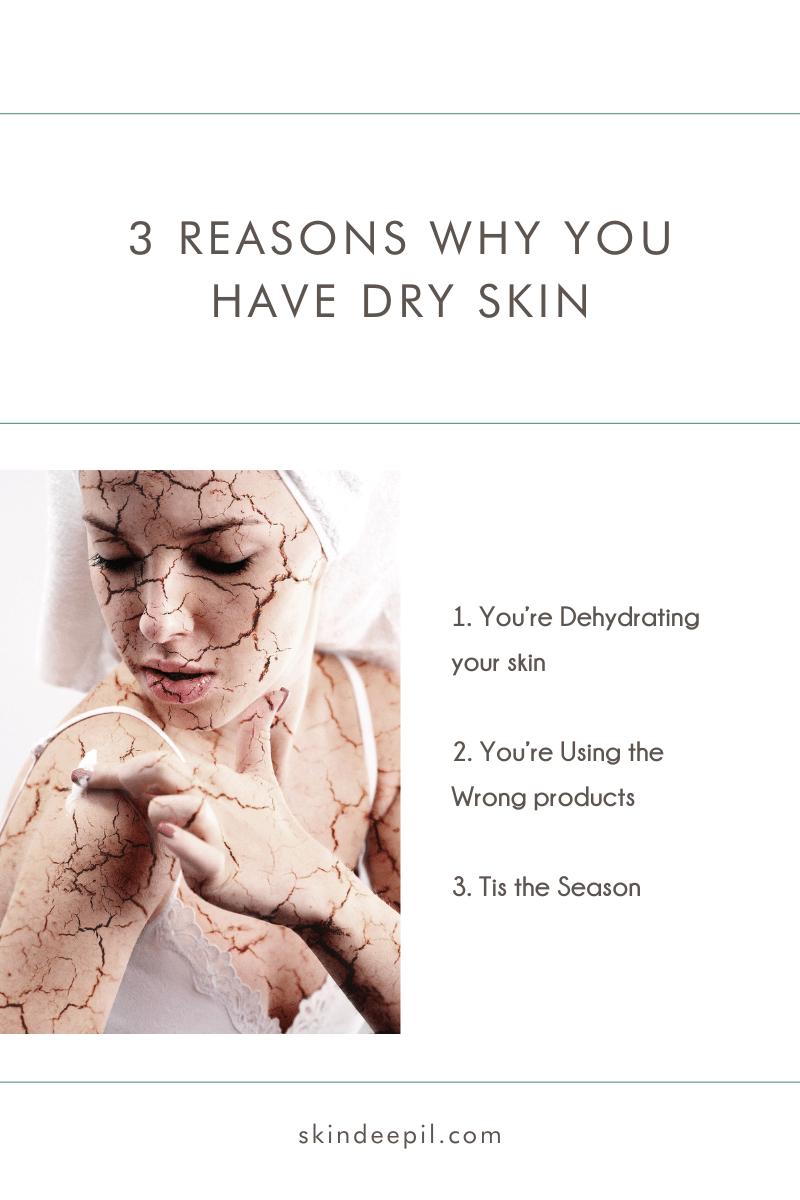Acne Scarring 101: Prevention and Healing
Acne Scarring
Acne scarring is a common concern for individuals who have dealt or are dealing with breakouts. Whether you’re left with dark spots or deeper pitted scars, understanding what causes them and how to treat and prevent them—is key to regaining smooth, healthy skin. In this guide, we’ll cover everything you need to know about acne scars, including causes, types, products, and professional treatments that actually work. Let’s dig in!
Acne scarring affects the majority of those who suffer from acne. There are plenty of skincare products and treatments available, which we will cover later in this blog; to help you with your skin, you need to understand why scars form.
What Causes Acne Scarring?
Acne is inflammation in the pore and is a wound-healing response that occurs when bacteria, dirt, and oil build up in the pore. This triggers an inflammatory response from the immune cells, and inflammation begins. This inflammatory response is what you feel before you see your acne pop up.
Acne Scarring vs. Hyperpigmentation
Once the acne calms down, you are left with a small, pigmented mark, Post-Inflammatory Hyperpigmentation (PIH). PIH happens due to melanin (skin pigment) deposits that occur when inflammation is present. If your PIH is more pronounced, it’s due to skin color and the amount of melanin in that area. According to the National Library of Medicine, “Postinflammatory hyperpigmentation results from overproduction and irregular dispersion of melanin in the epidermis or dermis, triggered by various skin insults, such as acne, eczema, trauma, or dermatologic procedures.” The good news is these can be treated to fade after your acne has calmed down.
Pitted scars are those indents left behind in the skin. This type of acne scarring occurs when acne inflammation damages the collagen, such as cystic acne. Pitted scars can be caused by picking, because bacteria and dirt get pushed deeper into the pore and end up at the dermal level where collagen damage occurs. According to PubMed, “In 80 to 90 percent of cases, there is a net destruction of collagen in the dermis that results in atrophic scars.”
Can Acne Scarring Be Prevented?
Yes. Here are some ways to minimize the risk of acne scarring:
Early Prevention: If you begin to notice persistent acne, don’t delay treatment. We suggest you find an esthetician to determine if your acne is topical or internal. To learn more about acne, please check out our previous blog.
Don’t Go Overboard With Skincare: Acne is an inflammatory response; treating the skin with too many skincare products can worsen your acne.
Don’t Pick: Picking increases inflammation in that area, which can result in a scar.
Do a Gut Check: If your acne tends to stick to one area of the face, such as your cheeks or chin, it may be tied to your gut. To learn more about gut health and acne, please check out our previous blog.
Don’t skip the sunscreen: Protecting your skin with SPF minimizes melanin production and can help fade dark spots quicker.
Can Acne Scarring Go Away?
Post-Inflammatory Hyperpigmentation will fade on its own. Pitted scars will not, because of the dermal damage to the collagen.
How to Get Clear Skin
When clients come to see us, we treat them in steps. First, we address the acne and get that cleared up. Once acne is clear, we begin to focus on treating the post-inflammatory hyperpigmentation.
Our recommended acne products:
Cleanse: Use a gentle cleanser that doesn’t strip the skin.
Exfoliate: Once a week, we recommend exfoliating to maintain healthy cell turnover.
Treat: Spot treat with salicylic acid to keep pores clear of bacteria, dirt, and oil. If you feel dry, our Hygia oil targets acne bacteria without drying out the skin.
Moisturize: Never skip moisturizer! Skipping this step increases oil production, leading to more breakouts.
Protect: Always wear sunscreen to prevent post-inflammatory hyperpigmentation. We love an SPF you can apply over your moisturizer. Or if you are trying to hide your breakouts or even your skin tone, we love our tinted sunscreen moisturizer.
Our recommended scar prevention products:
Cleanse: Use a gentle cleanser that doesn’t strip the skin.
Exfoliate: Once a week, we recommend exfoliating to maintain healthy cell turnover.
Treat: We love our pigmentation serum to use in the morning that includes transexamic acid and niacinamide to target dark spots. At night, retinol increases cell turnover and targets fibroblast cells, which help with collagen production. If you would prefer to avoid retinol, we love our Bakuchiol serum that works like retinol without the side effects.
Moisturize: Never skip moisturizer! Skipping this step increases oil production, leading to more breakouts.
Protect: Always wear sunscreen to prevent post-inflammatory hyperpigmentation. We love an SPF you can apply over your moisturizer. Or if you are trying to hide your breakouts or even your skin tone, we love our tinted sunscreen moisturizer.
How Are Acne Scars Treated?
Pairing facial treatments with skincare products gives the most improvement. We do recommend getting monthly facials to continue to keep your pores clear of bacteria, dirt, and oil. Plus, this helps maintain a healthy skin barrier. When your skin barrier is healthy, you respond to acne scar treatments better.
Here are our recommended acne scarring treatments:
Chemical Peels: We do recommend a series of chemical peels to increase cell turnover and target post-inflammatory hyperpigmentation. These can be done in a weekly series of 4-6, depending on the severity of your scarring.
Microneedling: Microneedling uses tiny needles that create microchannels in the skin, creating a wound healing response that focuses on improving collagen. We recommend a series of microneedling treatments to improve pitted scarring. These are done monthly, and you’ll need at least 4-6 to see improvement. PubMed states, “Microneedling (collagen induction therapy) utilizes tiny needles to puncture the skin multiple times, creating micro-clefts that penetrate into the dermis. The trauma in the dermis initiates wound healing and growth factor release, leading to collagen production and deposition in the upper dermis.”
Another great treatment option is pairing your chemical peel with your microneedling treatment. Starting with a chemical peel deeply exfoliates your skin. This allows for maximum penetration of the collagen-improving serums we apply with microneedling.
When Should Treatment Begin?
We recommend starting treatment as soon as possible. If you had acne as a teenager and are now coming to us as an adult, we can still target your acne scarring. We suggest scheduling a new client facial so we can focus on a consultation, plus a customized facial. From there, we can create a plan for your skin’s needs.
Ready to Get Started?
We would love to help you on your skin journey to clear skin. Please visit our website to book your first appointment today.
Any questions? Please drop them in the comments below.



